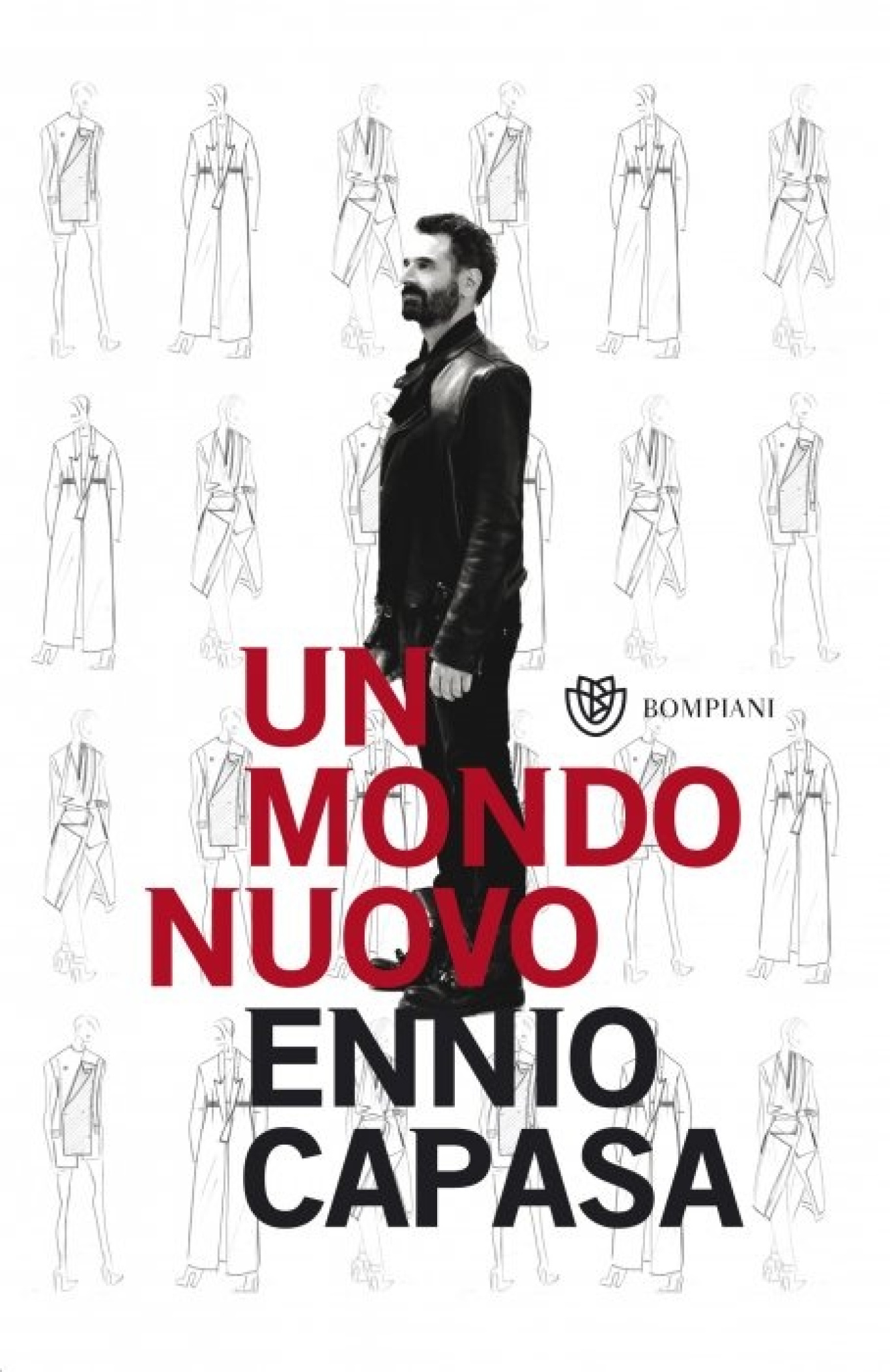Ennio Capasa narrates "A new world"

In 1983, when just over twenty, Ennio Capasa went to Japan. In 1987 he came back to Milan and was about to become one of the most important Italian designers of his generation. The debut of the Costume National brand was hailed with favour by international buyers and journalists alike and the New York Times defined his fashion as “a new, cool and chic modernism”. In his Japan years, the young diplomate from the Accademia delle Belle Arti of Milan had become a professional trained in the field, in Yoshi Yamamoto’s legendary design department. In “A new world”, published by Bompiani, the now fifty-something and successful Ennio Capasa goes back in time and narrates the very beginnings of his training.
Why did you decide to write “A new world”?
Some time ago I received an e-mail from Yohji Yamamoto’s mother. She was asking me to recall the years spent in Japan with them. So I started to gather my memories, to take down little notes that became a real novel. This book is not only a book about fashion, but a real Bildungsroman, narrating the adventures of a boy.
At the centre of it, there is your experience in Japan: what had urged you to leave? And what made you come back to Italy?
I think that the decision to leave originated from a need, unconsciously I felt the need to live a different adventure, to discover the new and come to terms with it, to grow through meaningful experiences. After four years, deciding to come back was more than natural, my roots are deeply Italian and I feel closely bound to my country; so, with new experiences under my belt, it was time to come back home and begin a new adventure.
What is the most important teaching you received from Yamamoto?
I learned to be disciplined at work, the attitude of the Japanese is very different from ours, we are more emotional. And I learned the couture technique that in Italy had disappeared, in Yamamoto’s study you would feel like in an atelier of old, you would go from the sketches to the realization of the garments. This is a formative experience I recommend to all young people who want to undertake this career.
How did it feel retracing and narrating your history?
The emotions I experienced in those years have stayed with me and are by my side in my life and in my work, I tried to convey them to the reader. For this reason I decided to give a specific pace to the narration, the book is composed of 80 micro stories that are self-contained in time and space.
What is your idea of a new world?
The Japan of that time really was a new world, an amazing culture. I chose this title for the book exactly because to look ahead in life means to better oneself by building a new world. A world to be built by experimenting, moving from the great heritage represented by our roots and exploring all the new possibilities that are offered to us, today more than ever.